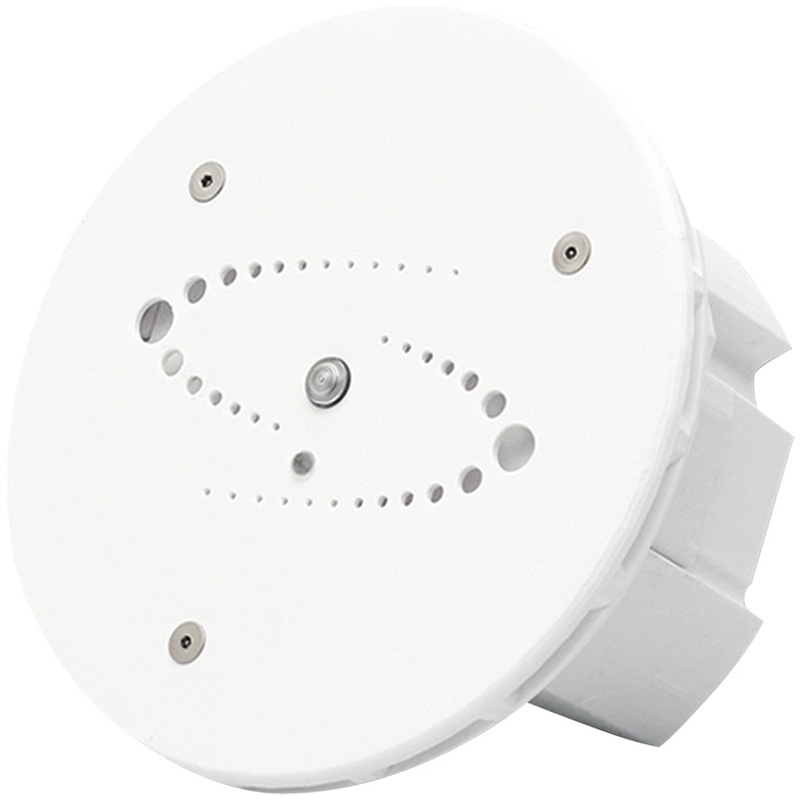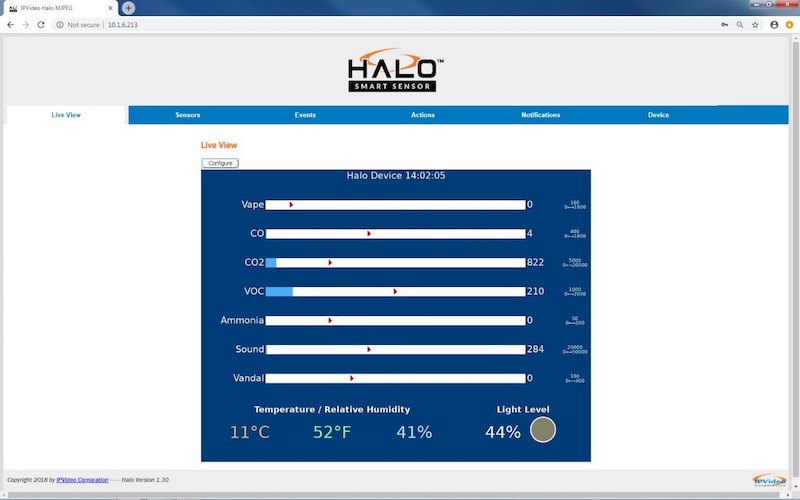Privacy concerns have become an everyday part of life for most people, especially in big cities and heavily populated areas. It seems like the moment someone ventures out of their home or workplace, they become the star of their very own “Truman Show,” thanks to the abundance of security cameras and sensors monitoring every move they make.
While some argue these cameras are an invasion of privacy, they have also proven to be invaluable in catching crimes where the culprit would otherwise get off scot-free.
But even in today’s world, there are still some places where cameras are not welcome: bathrooms, locker rooms, hotel rooms, patient rooms, senior housing units, and residential units. In the delicate balance between safety and privacy, spaces like these have always leaned more toward remaining private at the risk of extra security. But a new smart sensor from IPVideo Corporation looks to maintain privacy while also increasing the safety of these personal spaces.

The HALO IOT Smart Sensor has multiple sensors to monitor audio analytics, air quality, chemicals, light, and environmental factors without the use of a camera.
The audio analytics include gunshot detection, glass breakage, shouting, excessive banging, and bullying. Air quality sensors can detect vape, THC, smoke, formaldehyde, benzene, and VOCs. The HALO’s chemical sensors can detect ammonia, oxidizers, methane, propane, natural gas, carbon monoxide, carbon dioxide, and glues, while the light and environmental sensors track things like occupancy, temperature, humidity, and pressure.
See Also: Raising the roof is cool again
“When we designed HALO it was intended for limited applications doing vape detection and audio analytics for school construction projects,” says Jack Plunkett, Chief Technology Officer, IPVideo. “It has now evolved into an unlimited number of construction use cases.”

HALO has 11 built-in sensors that utilize advanced analytics to adjust and maximize the settings for the specific room. For example, a HALO sensor in a locker room can be adjusted for that space to get fewer false alarms from body sprays and disinfectant sprays. It connects directly to a security monitor and VMS and, because it is a security product and not a Web app, there are no annual cloud fees. When a sensor detects something out of the ordinary, an alert is sent via email or text message and digital alerts are sent via video management.
The sensor has an operating temperature between 32 F and 122 F and zero to 90% relative humidity. It is 3.1×5.8 inches. Mounting options: ceiling flush or surface mount.








